The Importance of Profiling Beds in Care Homes
In the realm of healthcare, providing optimal care for individuals with diverse needs requires the integration of specialised equipment. Profiling beds stand out as a crucial asset in care homes, offering several benefits for individuals who require additional support during extended periods of bed rest. In this article, we will explore the significance of profiling beds, their purposes, and key considerations when choosing the right one for care facilities.
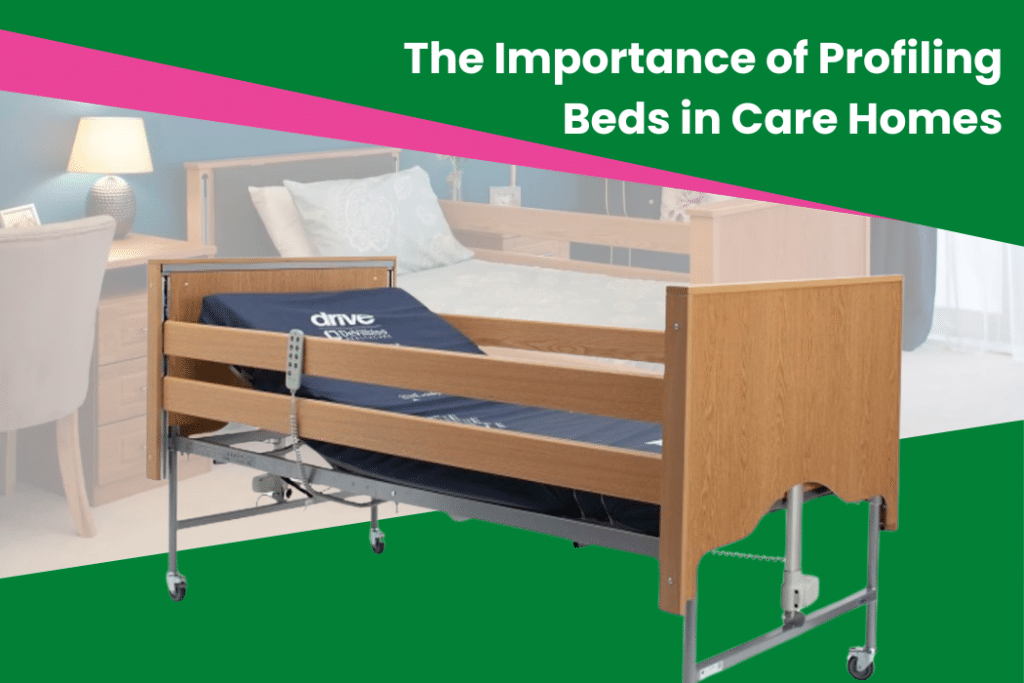
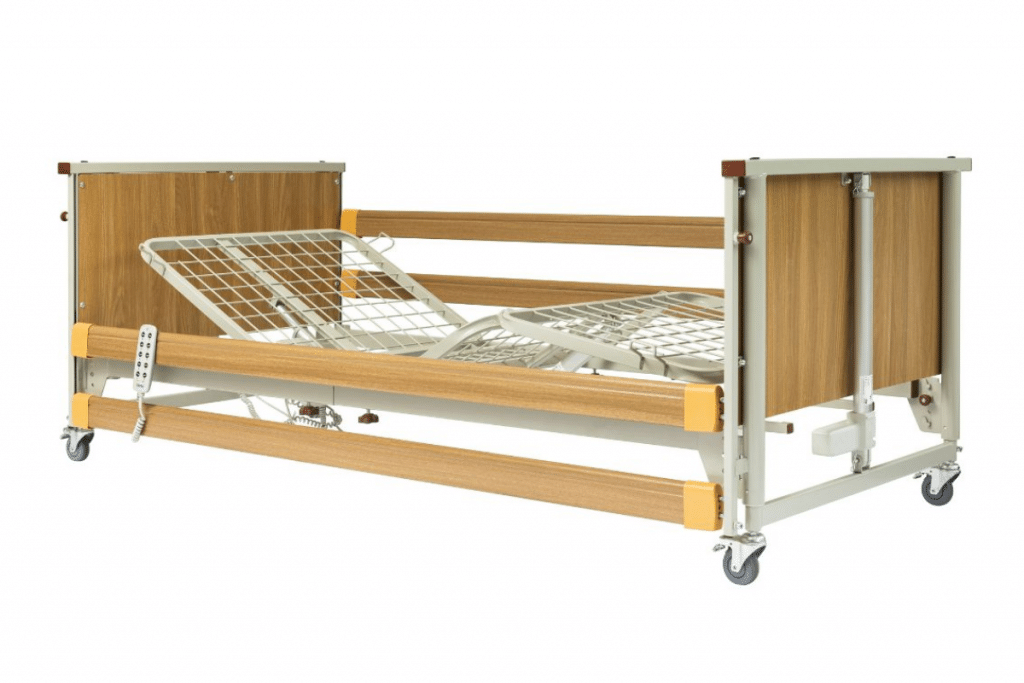
What is a profiling bed?
A profiling bed is an electric, height-adjustable bed designed to cater to the unique needs of individuals in care homes, nursing homes, and hospitals.
These beds play a vital role in enhancing the quality of life for patients with disabilities, limited mobility, or the elderly. The main feature of profiling beds is their ability to adjust the backrest, leg section, and overall height, allowing users to find the most comfortable and supportive position.
Ideally, they will use the contour position which engages the leg and backrest movement at the same time to enable better positioning and reduce the risk of pressure, shear, and friction to the user. The lower foot section where the feet are located can be raised or lowered to enable better comfort and positioning.
Types of Profiling Beds:
Standard Height Profiling Beds
Standard height Profile beds have a height adjustment of between Height Adjustment: 40 – 80cm
The Castors are often bigger, which is a way to determine this type of bed.
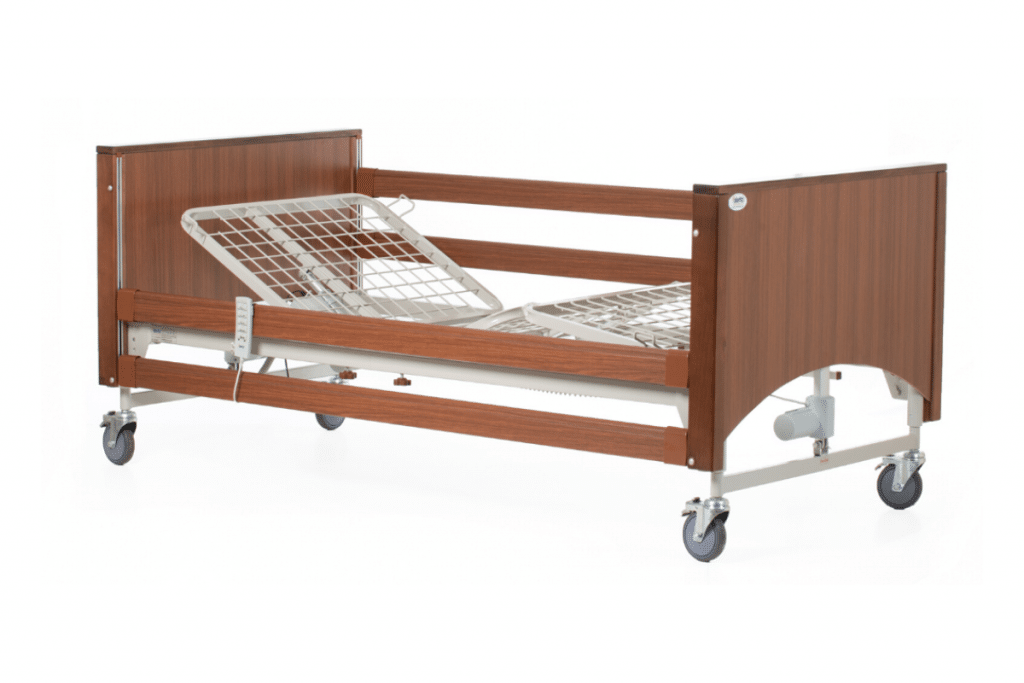
Low Profiling Beds
The low profile beds are similar to the Standard height beds, but feature smaller castors and go down lower.
Typically the height adjustment on these beds is between Height Adjustment: 20 – 80cm
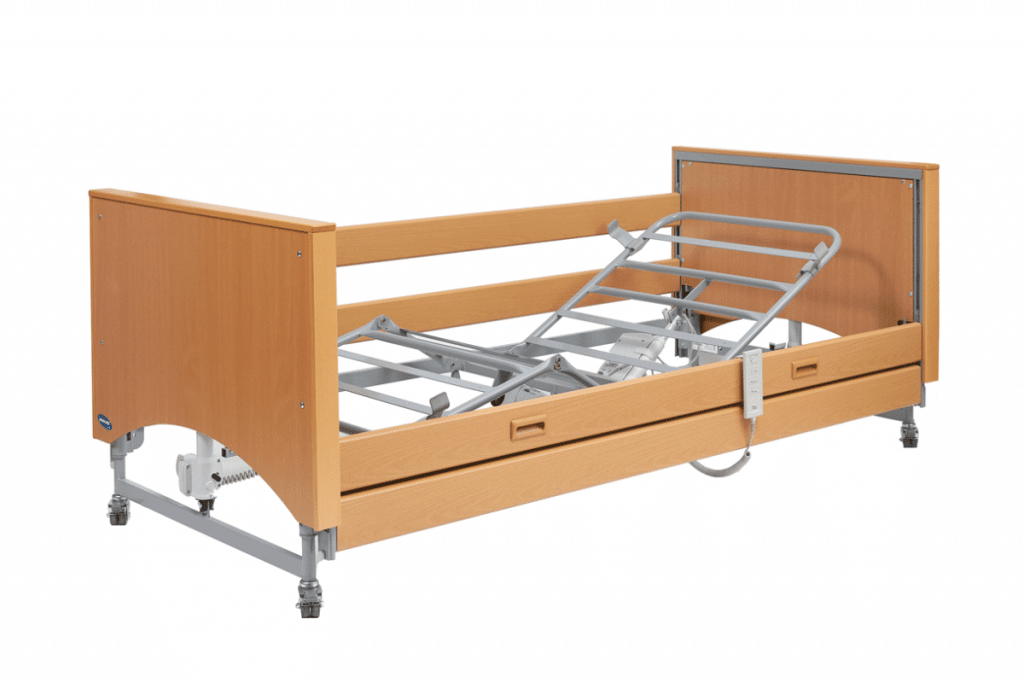
Wide / Bariatric Profiling Beds
Wider profile beds are 4ft or 120cm wide for larger users and have an increased safe working load.
The SWL is often around 250kg and has a height adjustment of 20 – 80cm.
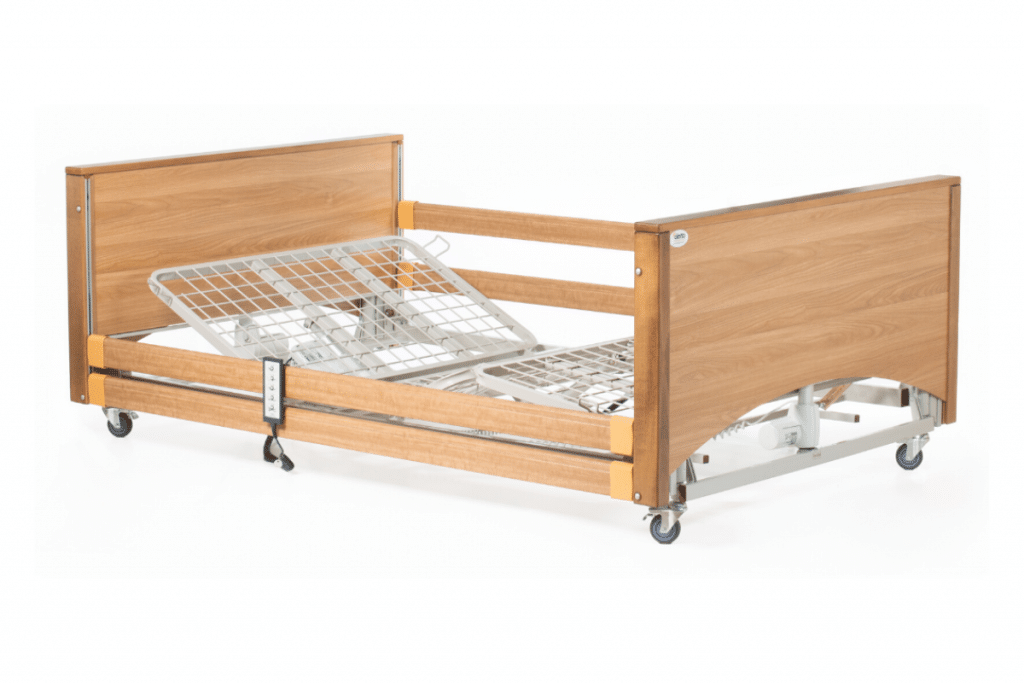
Ultra Low / Floor Profiling Beds
Floor or ultra-low beds are designed to go right down the floor, with a height adjustment of around 9 – 70cm.
This facilitates the most specific and complex care requirements, while also reducing impact if the user rolls out of the bed.
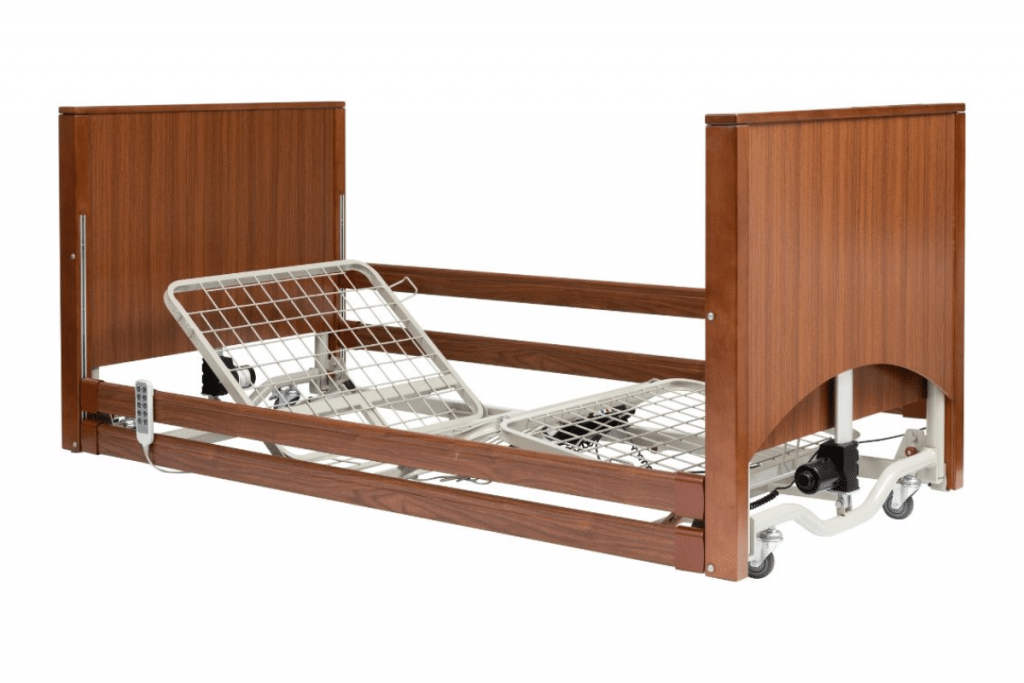
Choosing the Right Profile Bed
Making sure you purchase the right bed depends on the user and the condition of the patient.
As a supplier to care and nursing homes throughout the UK, we mostly recommend the Low Profile bed options, and this gives a great balance for most users.
If you are looking to purchase one on a budget and don’t require the lower height adjustment, then the standard height is a great bed, with various cheaper options available.
There is also a full range of accessories and extras that can be purchased along side a bed, including mattress and pressure relief systems, extension sections – to extend the length of the bed for taller patients, side rails, infill blocks and side wedges.
Conclusion
Profiling beds are indispensable in care homes, contributing significantly to the well-being of residents by providing comfort, support, and mobility.
Caregivers and healthcare providers must carefully consider the specific needs of individuals when selecting profiling beds and accompanying accessories. By incorporating these specialised beds into care routines, care homes can ensure a higher standard of care and improved quality of life for their residents.




